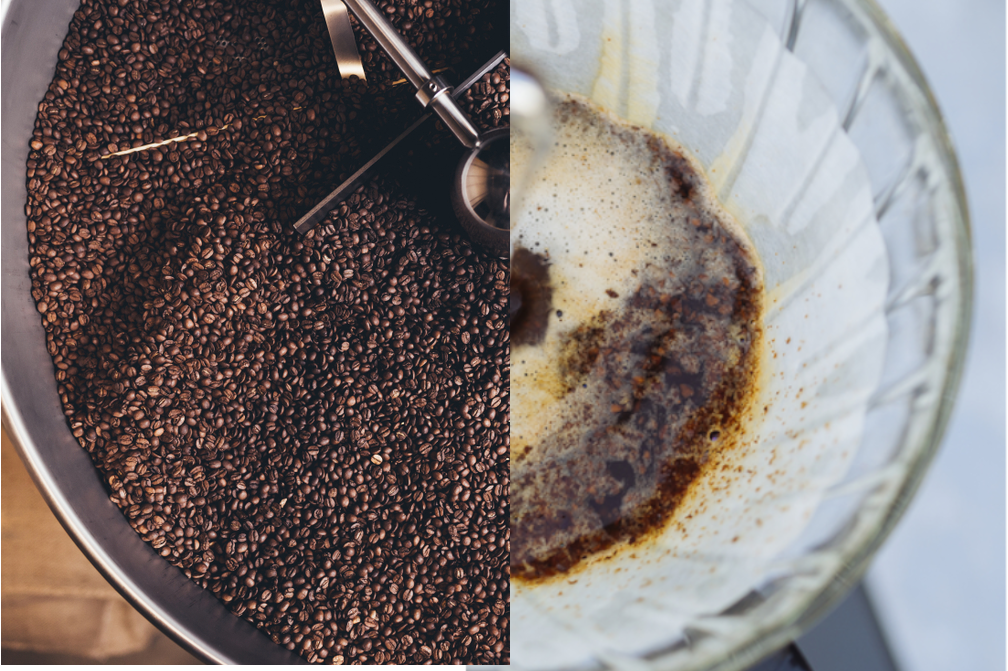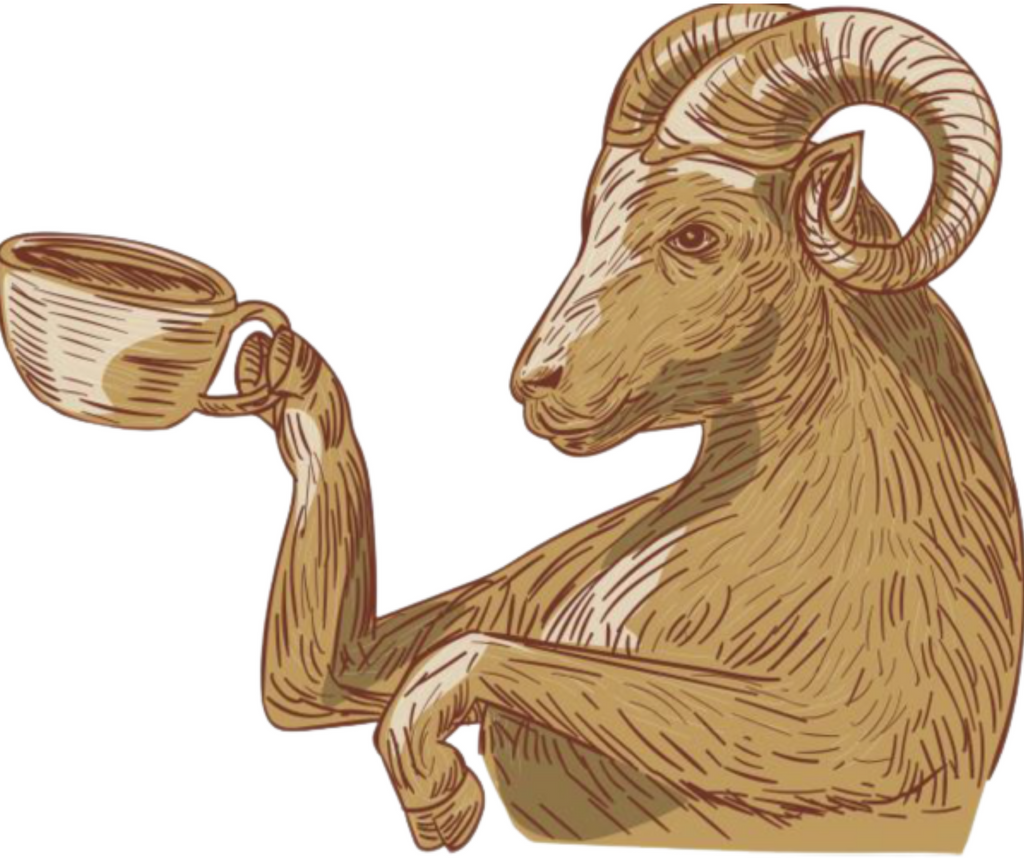We’ve recently received several questions asking about why coffees taste different. Here are some answers that should help unravel the complexities of what affects the taste of your coffee.
Ultimately, the flavor you find in the cup comes from a multitude of factors. Different species, varietals, cultivar’s all will taste different if every other aspect of their growth, processing and brewing method is identical. Basically, we are talking about different kinds of seeds. This may sound confusing but stay with me.

As with wine, the terroir or sum of the environmental factors where coffee is grown are hugely important in determining the taste of coffee. These differing elements affect how the plant grows, what nutrients it has available and ultimately, the varying quantities of sugars, proteins, lipids and organic acids that develop during growth. Whatever the environment coffee is grown in, once harvested, or picked, it’s a race against time to preserve that quality.
After harvesting, we come to the next step, processing. The coffee you drink every day is an extraction from the seeds of a coffee cherry. Each processing method varies the sensory profile of a coffee. You can just pick the cherry and let it dry whole (natural), you can take the skins and fruit off and dry it (pulped natural) or take the skins, fruit and pectin layer off and then dry it (washed). Each one impacts the flavor differently; this variation means we can start with the same seed, grown in the same area, with the same inputs while it is growing and get a different taste profile as a result of our processing method. The natural will be more fruit focused, the washed higher acidity and more complexity. Pulped natural can be in between them.

Once processing is complete, there is a huge possibility to have a negative impact on flavor, shipping and storage. Not done correctly, the coffee can get moldy or old, off flavors. Coffee must be handled with love and care throughout the whole supply chain.

The next step is turning the green coffee beans into brown coffee beans, roasting. We can take the same coffee and roast it lighter (brighter, higher acidity), darker (bigger body, higher bitterness), medium (marriage of both). We can even roast to the same relative roast “color”, and it can taste different. From here, storage and transportation come into play again. Was the coffee packaged soon after roasting to preserve flavor and protect from other flavors and odors getting into it? Was the coffee purchased and/or brewed close to the time of roasting?
The final step – brewing. As you can imagine by now, yes, taking the same coffee and brewing it on different devices, can alter the sensory profile of a given coffee. Some coffees shine on some brew methods better than others, some shine on all.
Next time we will explore some of the most popular brewing methods.





